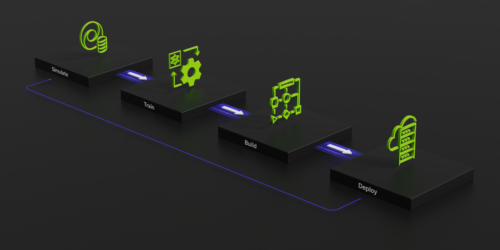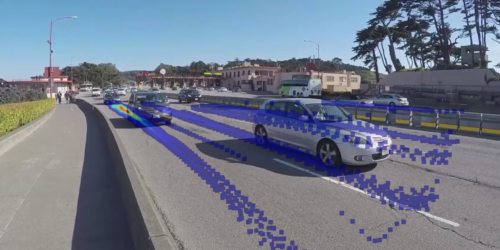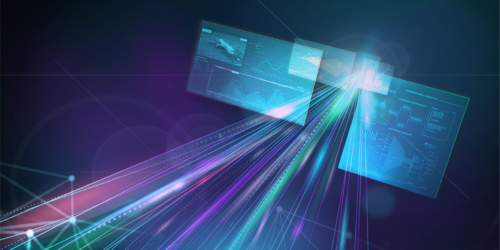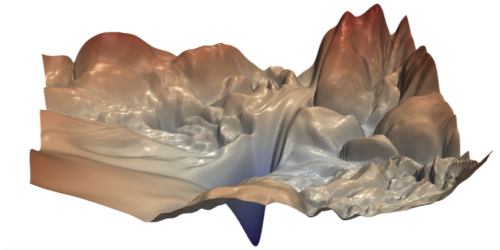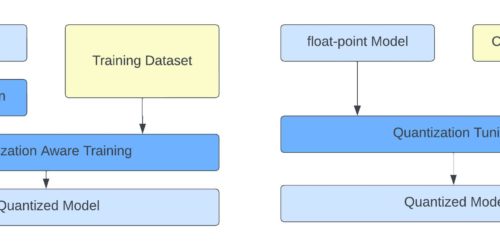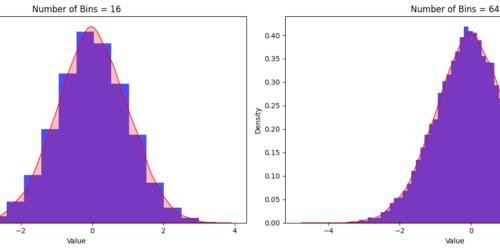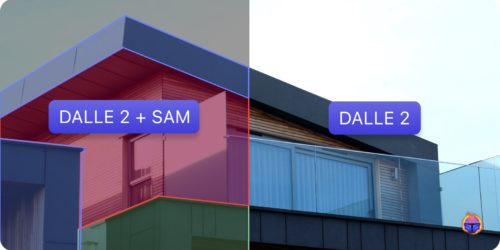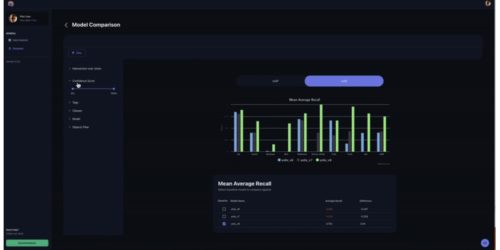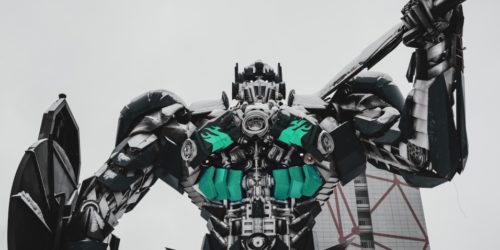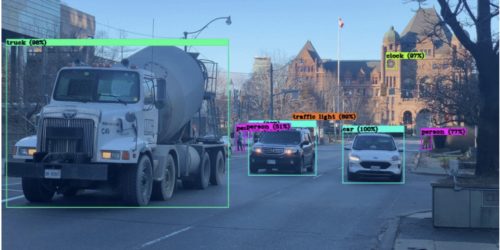Enhance Multi-camera Tracking Accuracy by Fine-tuning AI Models with Synthetic Data
This article was originally published at NVIDIA’s website. It is reprinted here with the permission of NVIDIA. Large-scale, use–case-specific synthetic data has become increasingly important in real-world computer vision and AI workflows. That’s because digital twins are a powerful way to create physics-based virtual replicas of factories, retail spaces, and other assets, enabling precise simulations […]
Enhance Multi-camera Tracking Accuracy by Fine-tuning AI Models with Synthetic Data Read More +

